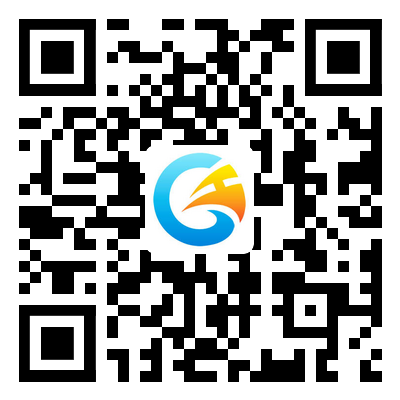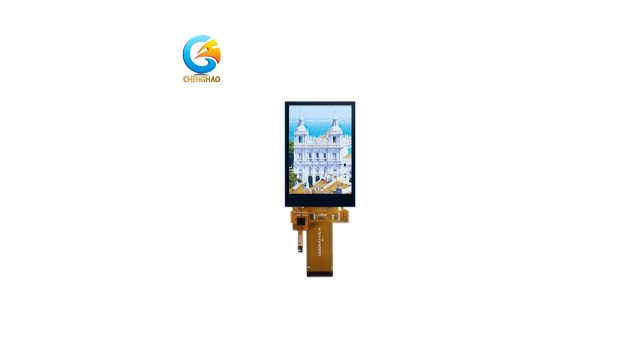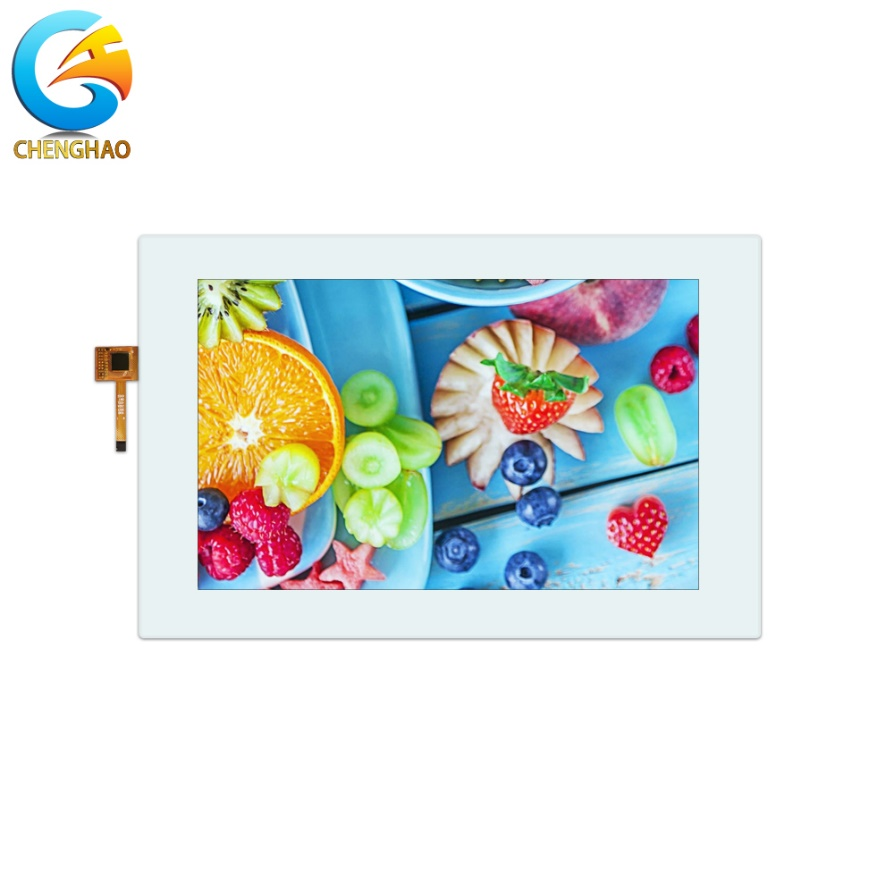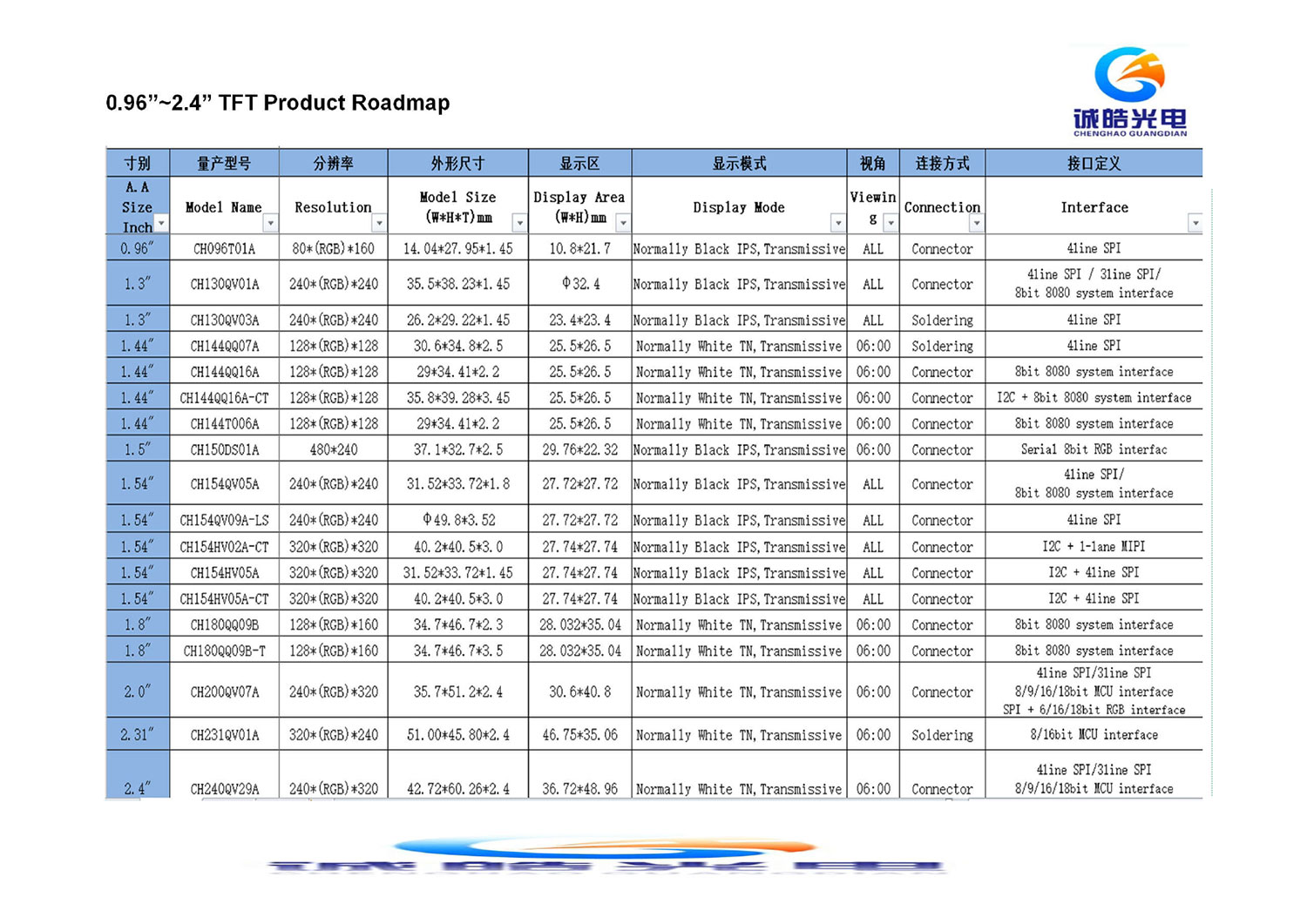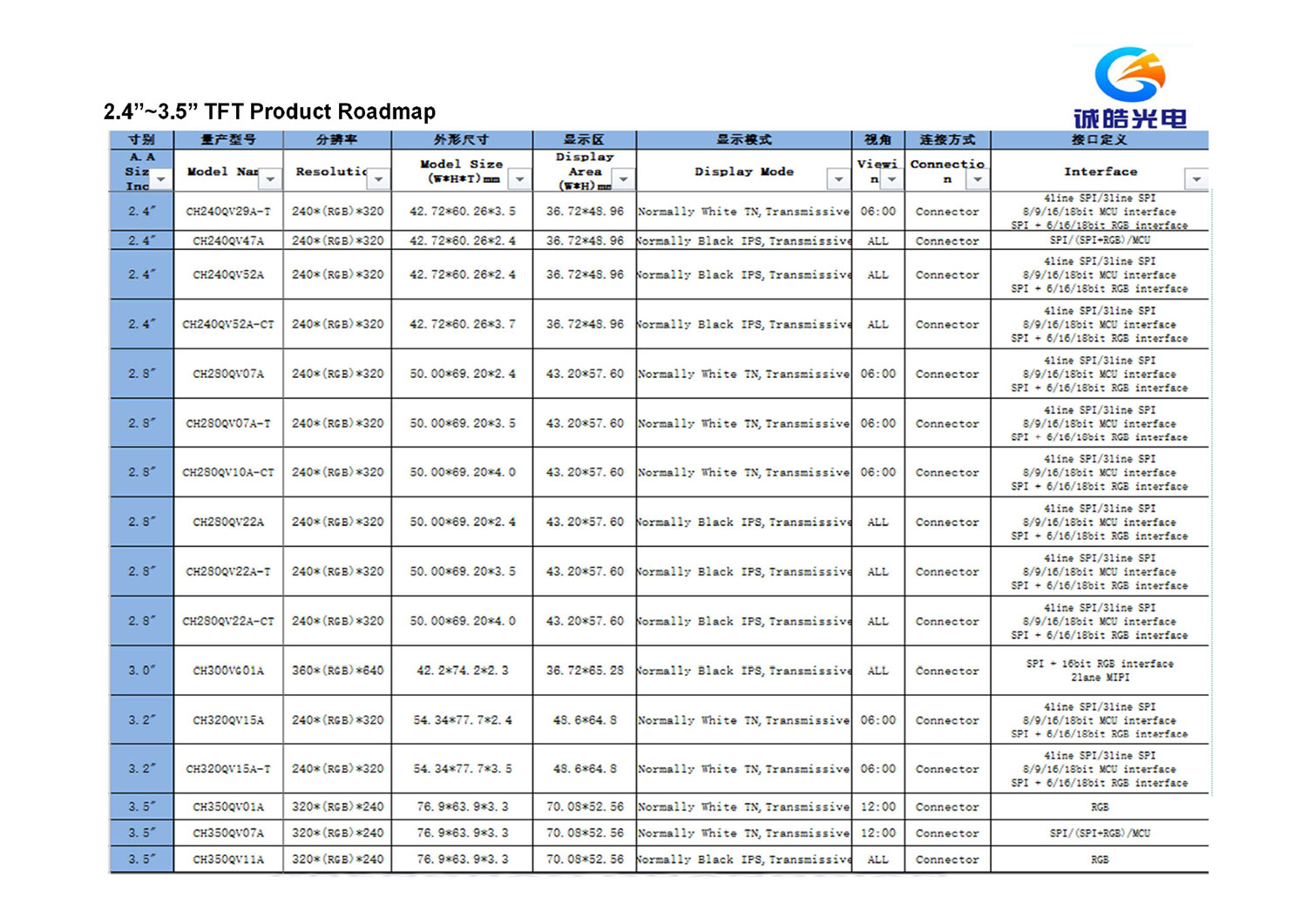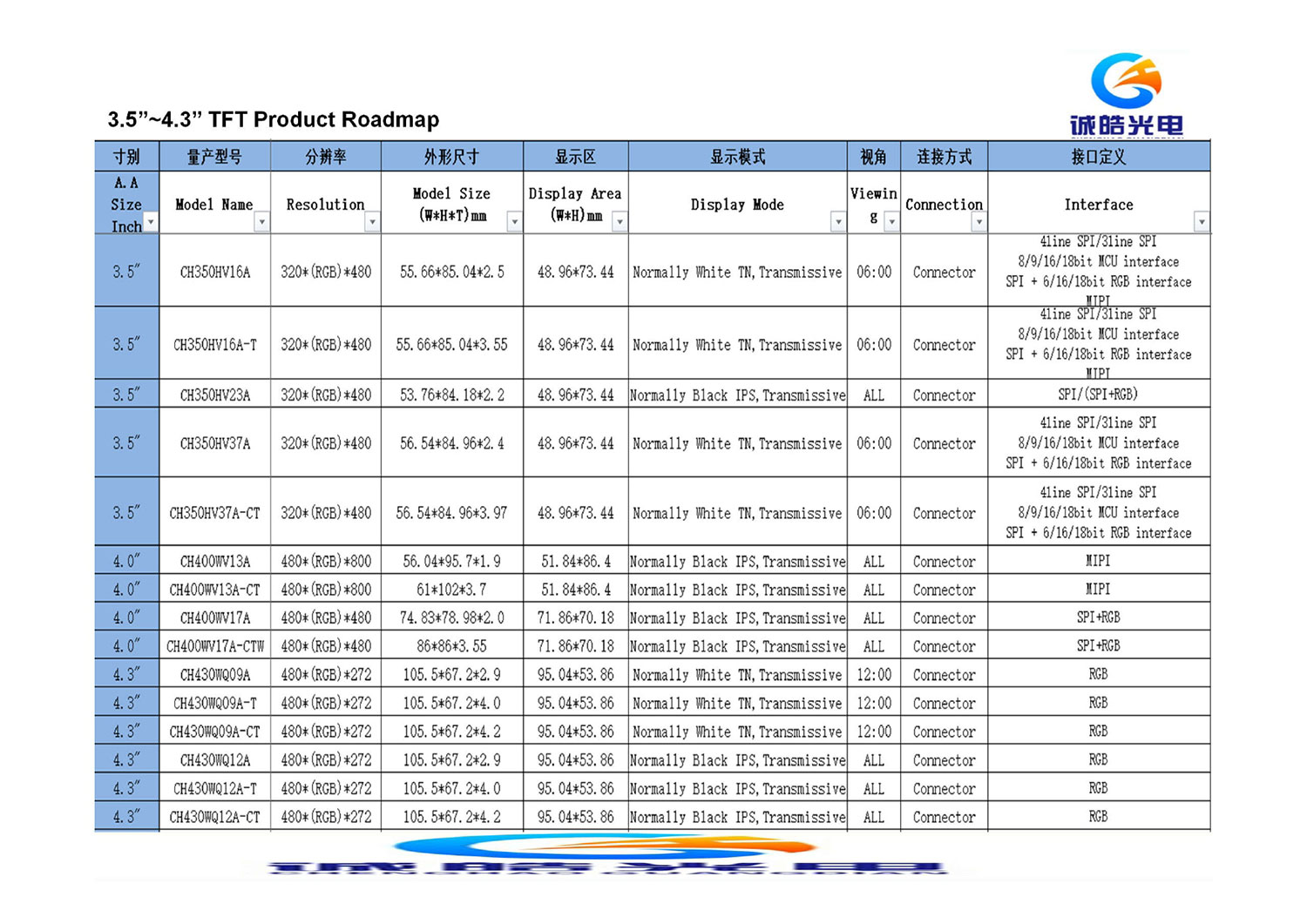Technical principles and advantages of capacitive touch screens
2023-09-13
In recent years, with the rise of smartphones and tablets, the capacitive touch screen market has experienced rapid development, and technological updates have been very rapid, leading to a booming industry. One is the continuous increase in size, from a few inches to dozens of inches, with increasingly strong functions, waterproof, oil resistant, and adaptable to high and low temperatures. From single point to multi point, it currently supports up to 80 touch points, which is the biggest difference from resistive touch. resistive touch intelligence achieves single touch. Moreover, the capacitive touch penetration performance is better, with a wide range of applications and a simple and elegant appearance, making it highly popular.
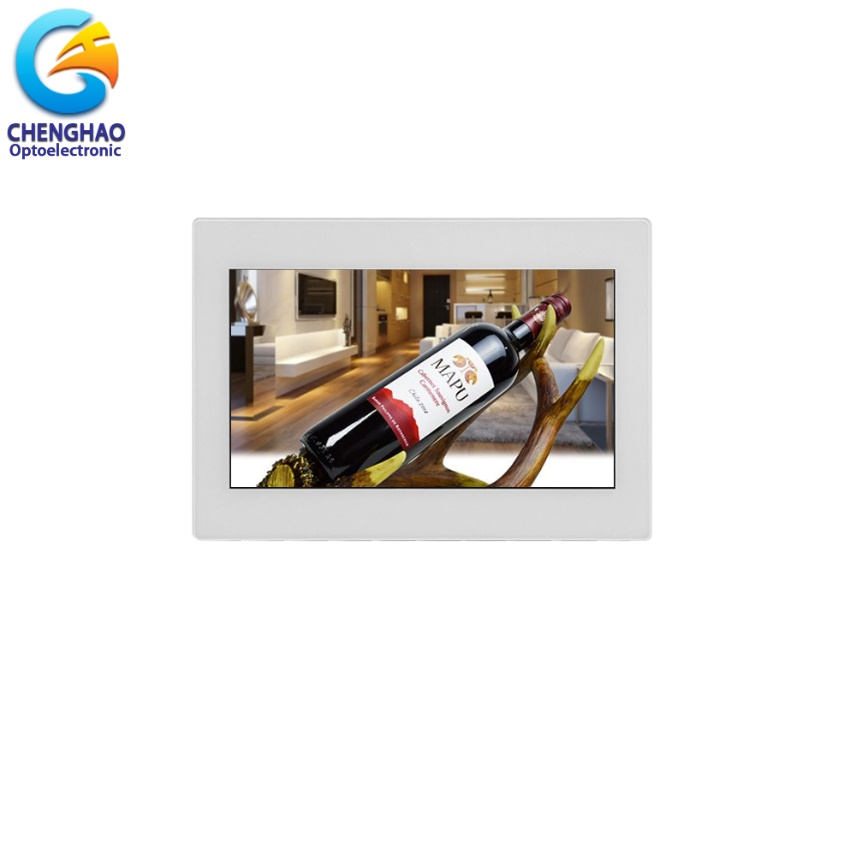
Principles of capacitive touch technology
Capacitive touch screen technology utilizes the human body's current sensing for operation. A capacitive touch screen is a four layer composite glass screen, with an ITO coating on the inner surface and interlayer respectively. The outermost layer is a thin layer of silica glass protective layer, and the interlayer ITO coating serves as the working surface. Four electrodes are introduced from the four corners, and the inner ITO is a shielding layer to ensure a good working environment. When a finger touches a metal layer, due to the human electric field, a coupling capacitor is formed between the user and the touch screen surface. For high-frequency current, the capacitor is a direct conductor, so the finger absorbs a small amount of current from the contact point. This current flows out from the electrodes on the four corners of the touch screen, and the current flowing through these four electrodes is proportional to the distance from the fingers to the four corners. The controller accurately calculates the proportion of these four currents to determine the position of the touch point.
Advantages of capacitive touch screens
1. High contrast clear images - Devices using capacitive touch screens have very clear image quality because the capacitive screen uses a glass layer that can transmit 90-98% of the light.
2. High touch sensitivity - resistive touch screens require pressure to determine touch points, while capacitive touch screens can sense the touch of slightly conductive objects and can detect multiple touch points.
3. Excellent durability - The top glass layer makes the capacitive touch screen very durable and reliable, and even cracked capacitive touch screens can still be used.
4. Easy to clean - The capacitive touch screen comes with a sturdy glass top layer. It is easier to clean and is not affected by dirt, rain, grease, or dust. Therefore, capacitive touch screens are very suitable for long-term use.
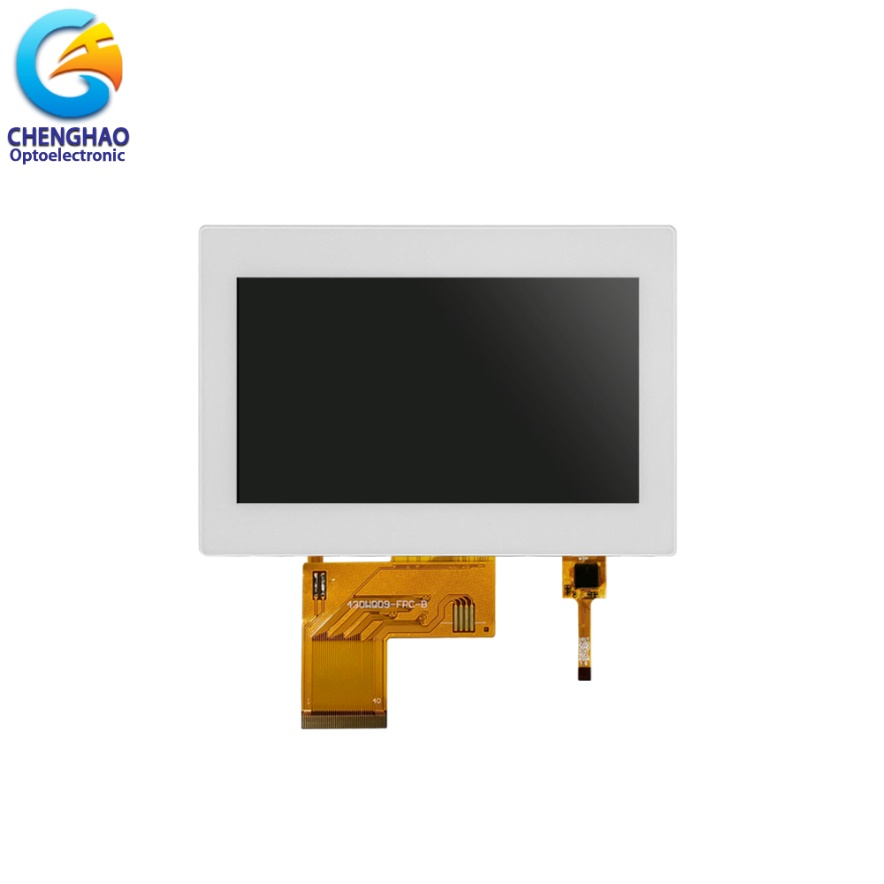
However, capacitive touch screens also have certain drawbacks. When the environmental temperature and humidity change, and there is magnetic field interference in the environment, it can cause drift of the capacitive touch screen, causing poor touch. Resistive touch screens have better anti-interference performance than capacitive touch screens, and their price and cost are also lower than capacitive touch screens.
The choice of capacitive touch screen or resistive touch screen depends on the usage and environment of the screen. If it is used with finger touch, rather than in multiple magnetic field environments, capacitive touch screens are a better choice. If you need to use pen strokes and have high anti-interference requirements, using a resistive touch screen is better in this situation.























































